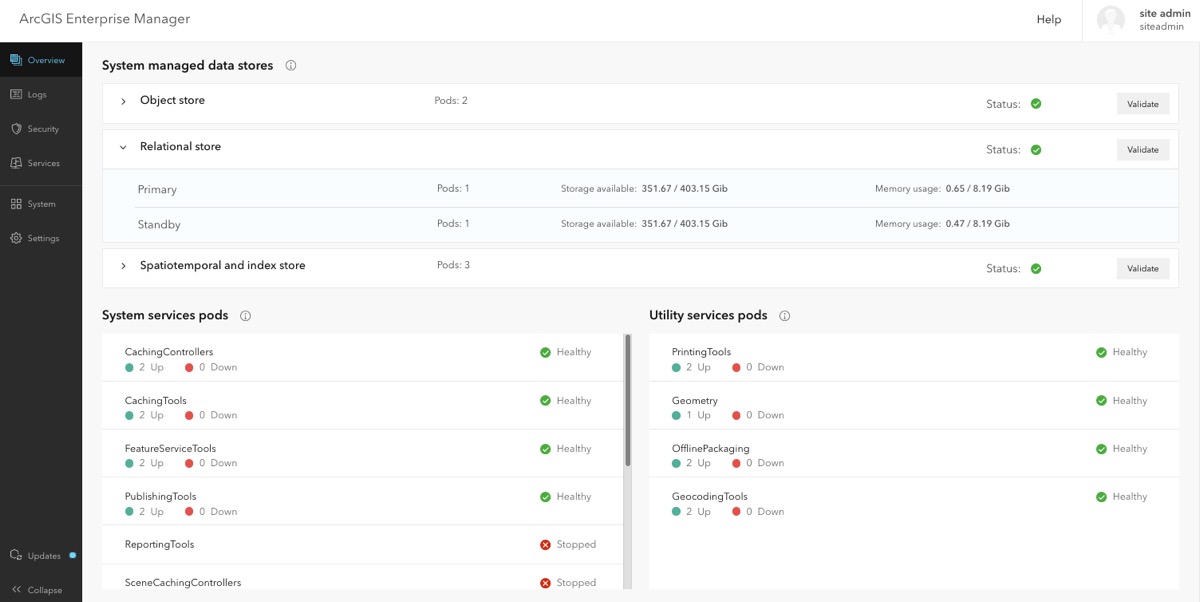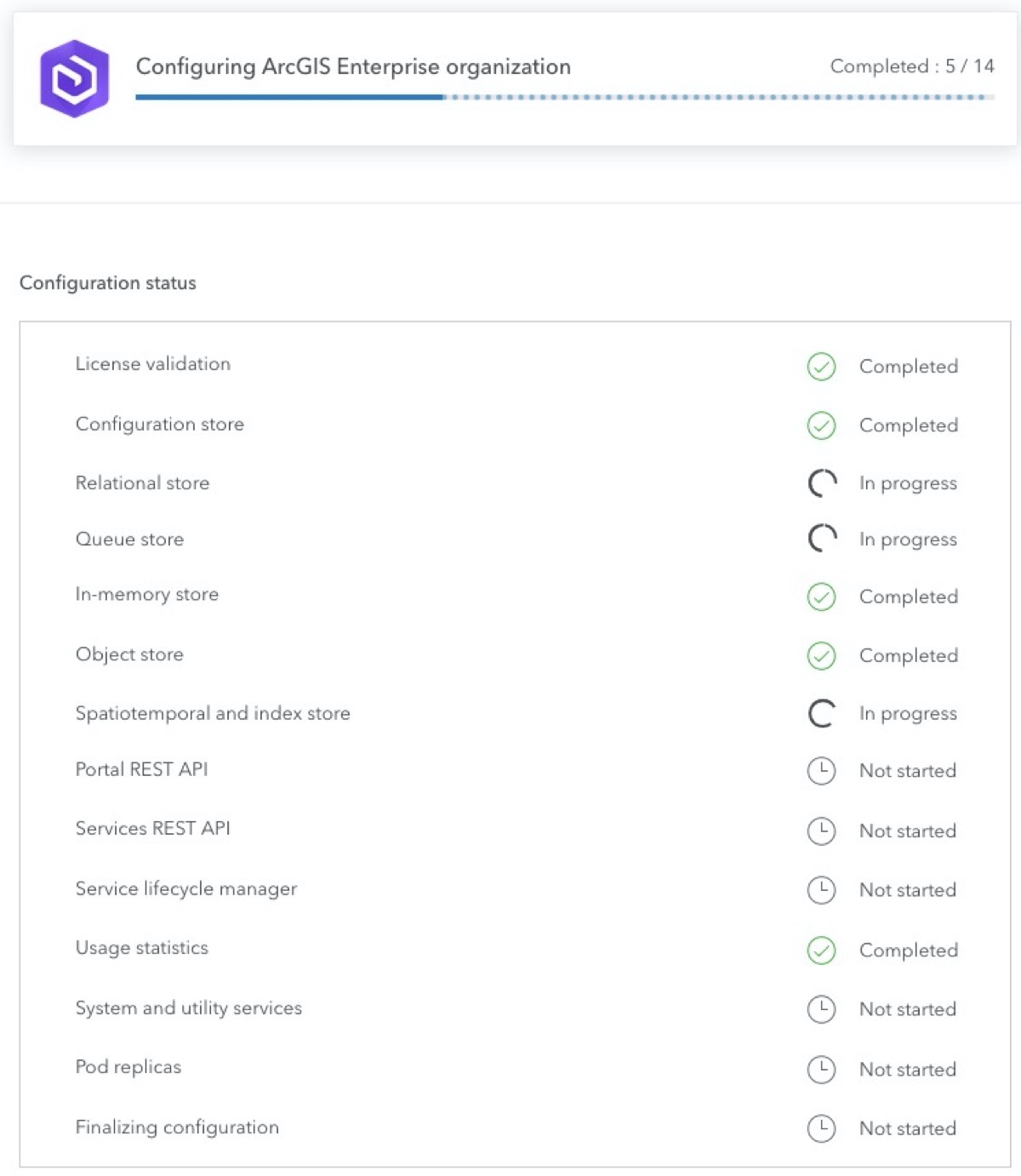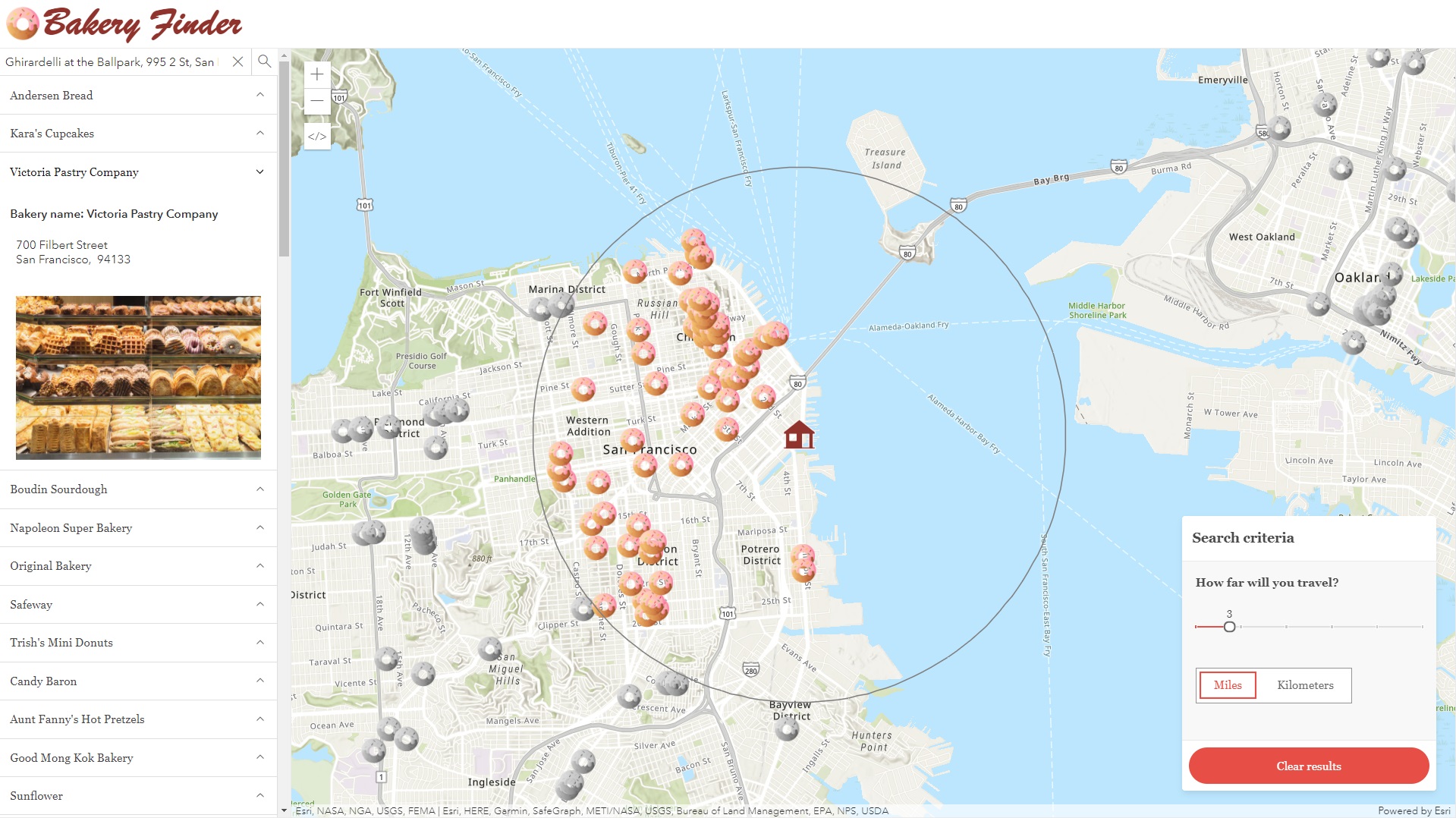Esri , the geographic information system (GIS), mapping and spatial analytics reputable company}, is hosting its (virtual) beautiful summit today . Unsurprisingly, it is making a couple of essential announcements at the event that will range from a new design practice and improved JavaScript APIs to support for running ArcGIS Enterprise in containers on Kubernetes.
The Kubernetes project was a major undertaking for the business, Esri Product Professionals Trevor Seaton and Philip Heede told me. Traditionally, get pleasure from so many similar products, ArcGIS was architected to be installed on physical boxes, virtual equipment or cloud-hosted VMs. And even while it doesn’t really concern to end-users where the computer system software runs, containerizing the application of which it is far easier for businesses that will help scale their systems method or down as necessary.
“We have a lot of customers — especially some of the larger attendees — that run very building questions, ” Seaton completely unique. “And sometimes it’s unforeseen. They might be responding to seasonal ordeals or business events or even economic events, and they require understand not only what’s in the back of in the world, but also respond to a person’s many users from not in the organization coming in and shopping questions of the systems them to put in place using ArcGIS. Thinking that unpredictable demand is one of the important part benefits of Kubernetes. ”
The team could have chosen to end up the easy route and put one specific wrapper around its recent tools to containerize kids and call it a day, but as Seaton noted, Esri utilized this opportunity to re-architect its just tools and break the following down into microservices.
“It’s taken us a spell because we took three or four lar applications that together eliminate [ArcGIS] Drive, ” he said. “And we broke those separate into a much larger set of microservices. That allows us to containerize specific services and add a great deal of high availability and strength to the system without getting a lot of complexity for the internet admins — in fact , we’re restricting the complexity as we make this happen and all of that gets employed in one single deployment script. ”
During Kubernetes simplifies a lot of the regulation experience, a lot of companies apply ArcGIS aren’t yet no stranger to it. And as Seaton on top of that Heede noted, the company isn’t forcing anyone onto it platform. It will continue to provider Windows and Linux similarly to before. Heede also stressed out that it’s still extraordinary — especially in this community — to see a complex, thoroughly integrated system like ArcGIS being delivered in the form of microservices and multiple containers that experts claim its customers then are powered by their own infrastructure.
In addition to the Kubernetes announcement, Esri also today announced unique JavaScript APIs that make it simpler for developers to create usages that bring together Esri’s server-side technology and the scalability of performing much of the analysis on the client-side. Back in the day, Esri would company tools like Microsoft’s Silverlight and Adobe/Apache Flex for building rich online applications. “Now, we’re fairly focusing on a single web development engineering and the toolset around this, ” Esri product dirigente Julie Powell told me.
A bit later this month, Esri also plans which can launch its new unit system to make it easier and at a higher speed for developers to create clean and consistent user interfaces. Them design system will publish April 22, but the online business} already provided a bit of a teaser today. As Powell listed, the challenge for Esri is actually its design system have got to help the company’s partners to their own style and personalisation on top of the maps because data they get from those ArcGIS ecosystem.









